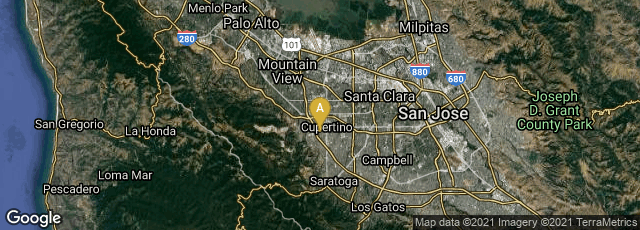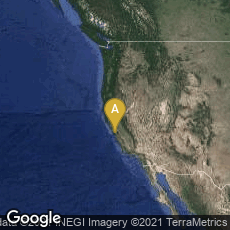

A: Cupertino, California, United States
Following an LSD trip, in 1985 American computer engineer Bill Atkinson began developing a program initially called WildCard. It was released in August 1987 for the Mac as HyperCard. Atkinson developed the program independently, and gave it Apple with the understanding that the company would release it for free on all Macs. The program was credited with "putting the power of computer programming and database design into the hands of nonprogrammers." The program became one of the earliest vehicles for electronic publishing. Interactive databases developed using HyperCard may be considered some of the first "electronic books".
Apple started charging for Hypercard 2.0 in 1990, and when Steve Jobs returned to Apple in 1997, he discontinued Hypercard. This was resented by many loyal users who loved the product, especially its great ease of use.
An introduction to Apple's Hypercard. Guests include Apple Fellow and Hypercard creator Bill Atkinson, Hypercard senior engineer Dan Winkler, author of "The Complete Hypercard Handbook" Danny Goodman, and Robert Stein, Publisher of Voyager Company. Demonstrations include Hypercard 1.0, Complete Car Cost Guide, Focal Point, Laserstacks, and National Galllery of Art. Originally broadcast in 1987. Copyright 1987 Stewart Cheifet Productions.